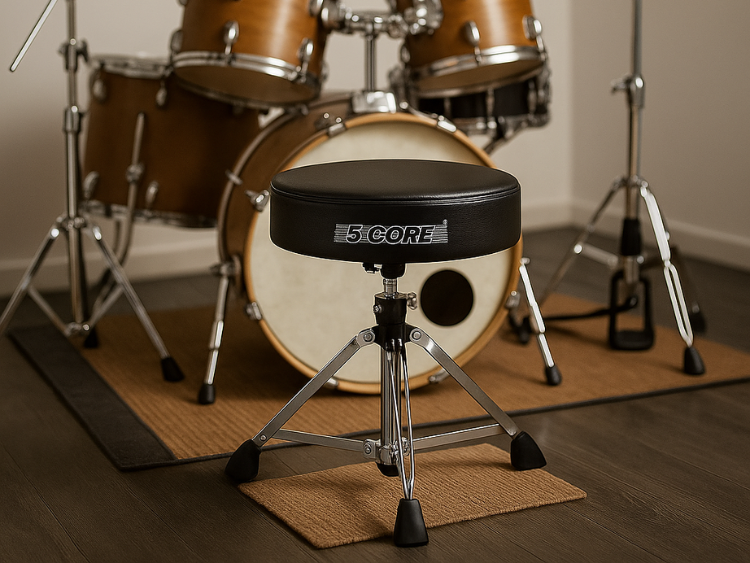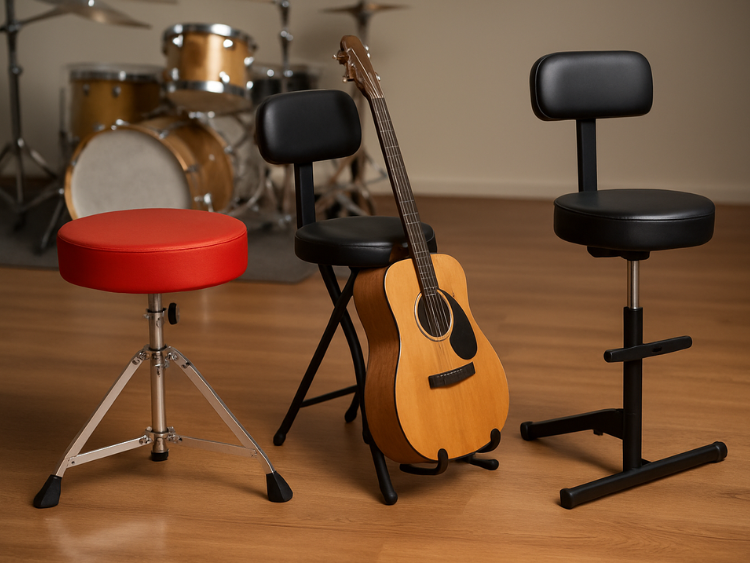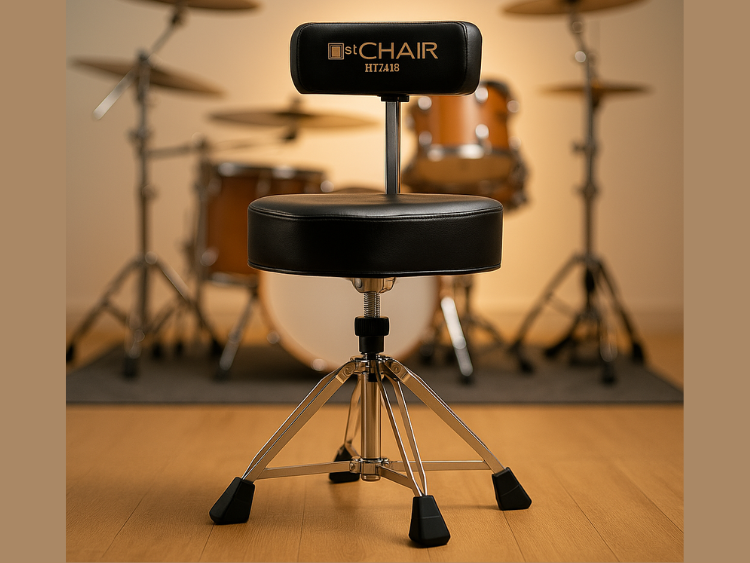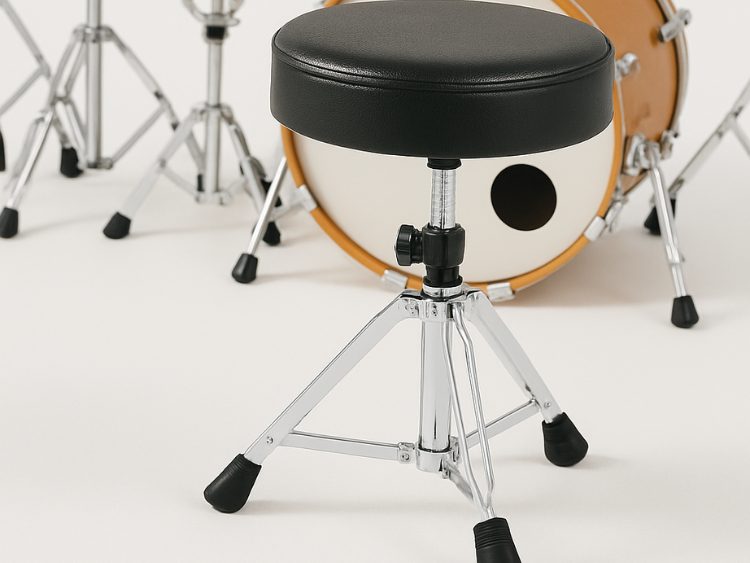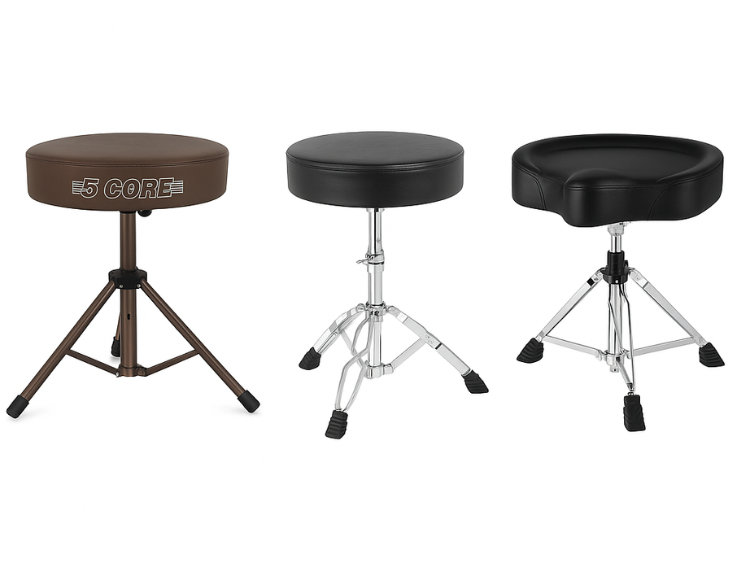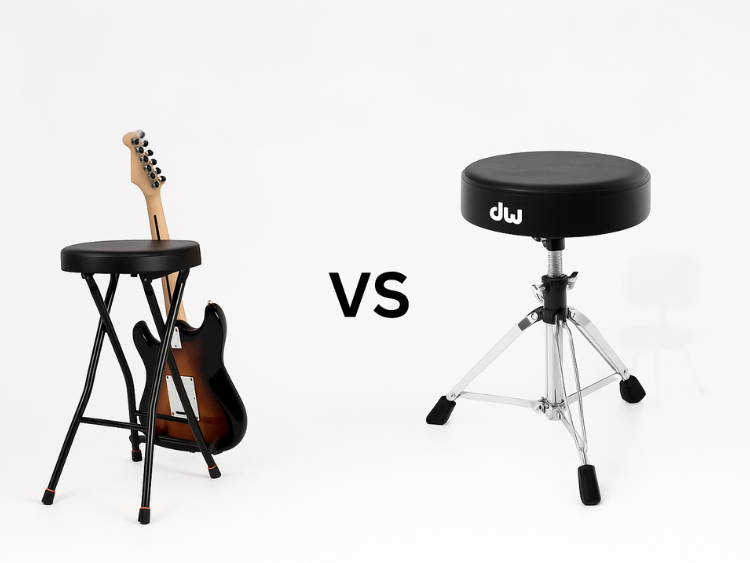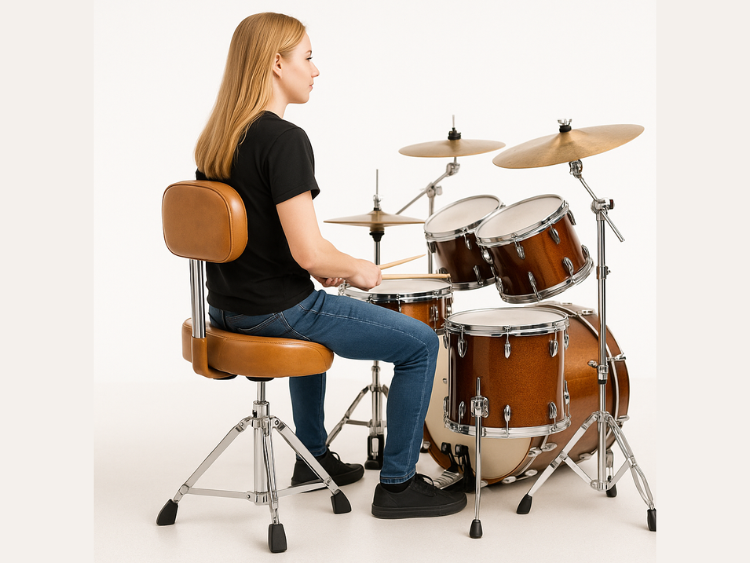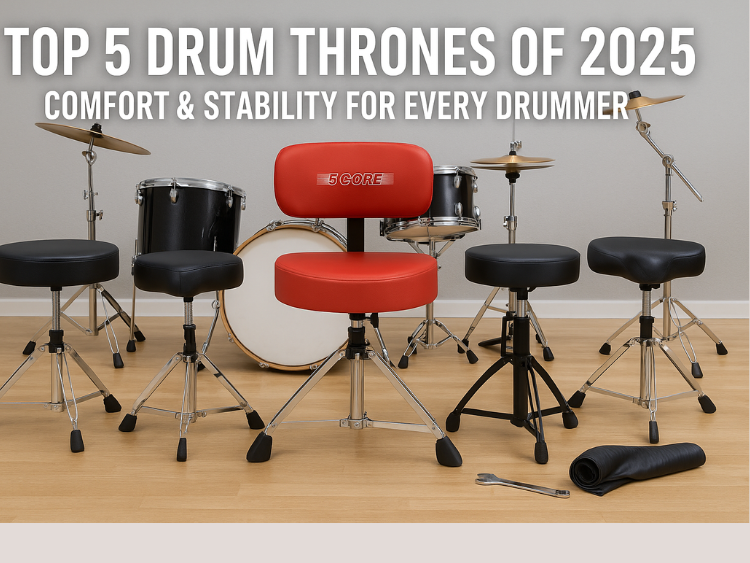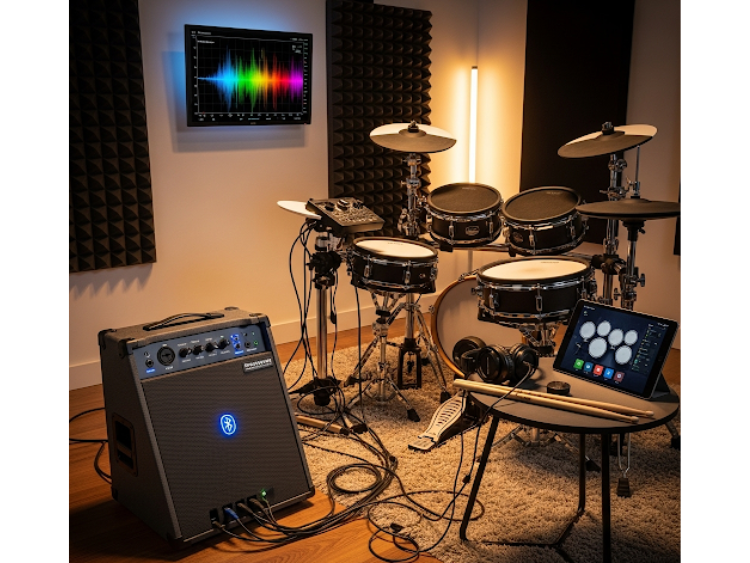Mic’ing Drums in a Small Room: Tips & Tricks
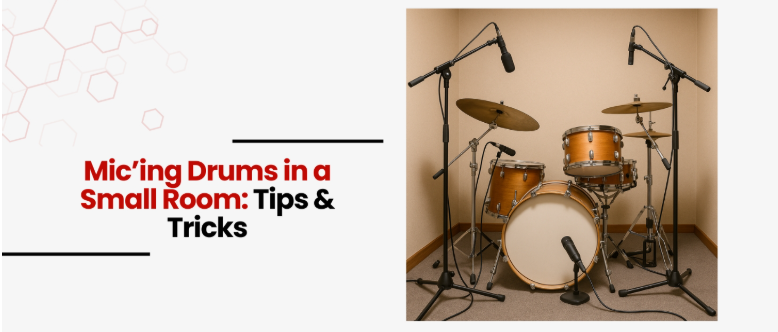
Ever wondered why your drum recordings sound muddy or boxy in a small space? You’re not alone. According to a Sound on Sound survey, over 40% of home-recording musicians cite room acoustics as the biggest challenge in achieving professional-quality drum recordings. Furthermore, research by Statista shows that 62% of musicians worldwide now record at home, often in compact rooms that present unique sonic challenges.
This guide breaks down proven mic drums small room techniques to help you maximize clarity, reduce unwanted noise, and capture balanced drum tones—even without a large professional studio.
Understanding the Small Room Challenge
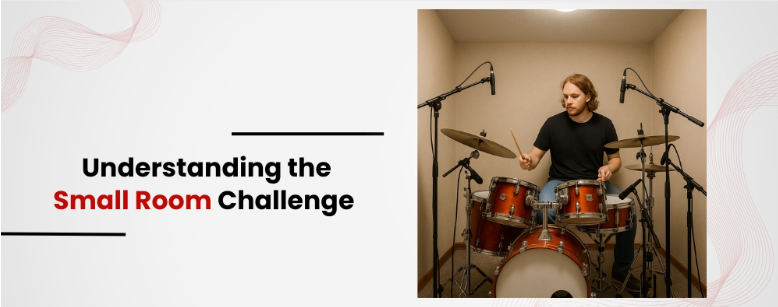
Room Reflections and Standing Waves
Small rooms often have reflective surfaces that create phase issues and frequency buildup. As highlighted by Acoustics Today, early reflections can interfere with microphone signals, reducing clarity and depth in your recordings. Treating the room with acoustic panels, bass traps, and diffusers can minimize these problems.
Mic Placement Matters More
In tight spaces, microphone positioning is crucial. Placing mics too close to walls or corners can exaggerate low frequencies, while placing them too far can capture excessive reflections. Close miking techniques, combined with careful overhead placement, often yield the best results.
Drum Recording Tips for Small Spaces
Strategic Microphone Choice
Dynamic mics, such as cardioid models, help reject unwanted room noise, while small diaphragm condensers can provide clarity for cymbals without picking up excessive room ambiance. Choosing microphones with tight pickup patterns is essential for drum recording tips in compact environments.
Minimal Mic Setups for Clarity
In small rooms, using fewer mics can actually improve the overall sound. The classic “Glyn Johns” or “Recorderman” techniques require as few as three or four mics and can reduce phase problems.
Use of Room Dampening Materials
Blankets, rugs, and temporary gobos can be strategically placed to control reflections. According to Recording Magazine, portable acoustic treatment can make a dramatic improvement in small-room recordings.
Mixing and Post-Processing for Small Room Recordings
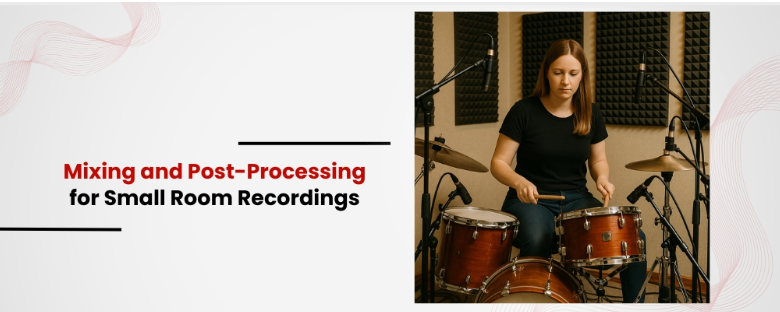
EQ and Compression Adjustments
Small room recordings often need corrective EQ to tame boxy midrange frequencies (around 200–500Hz). Gentle compression can control peaks without making drums sound squashed.
Reverb Selection
Instead of relying on the room’s natural sound, using digital reverb allows you to simulate a larger space. This gives more control over the perceived size and depth of your drum mix.
Conclusion
Recording drums in a small room requires a blend of strategic mic placement, acoustic control, and post-processing finesse. By understanding the interaction between microphones, room acoustics, and your recording chain, you can transform a challenging environment into a workable space for high-quality recordings.
Many brands offer drum mics, stands, and acoustic treatments online, catering to different budgets and recording needs—making it easier than ever for musicians to find reliable tools for small-room recording.
